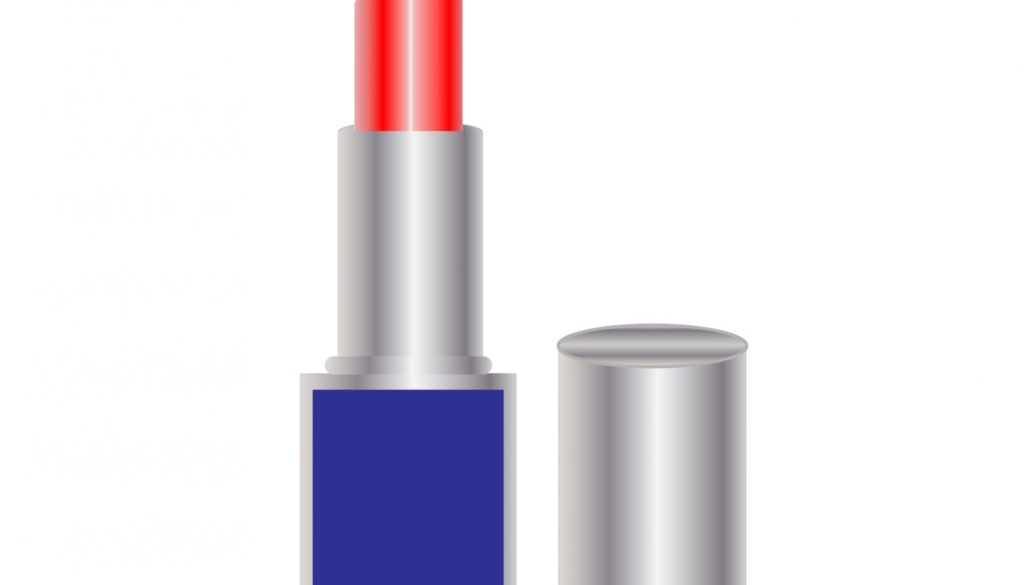Harmful Chemicals in Personal Care and Cosmetic Products Lead to Negative Health Outcomes for Women
By M. Isabelle Chaudry, National Women’s Health Network
On average, women use 12 products containing 168 unique ingredients every day. Men, on the other hand, use 6 products daily with 85 unique ingredients according to the Environmental Working Group. Their study shows that some of the chemicals in personal care and cosmetic products have been linked to health problems, including cancer and infertility. Hundreds of chemicals including, phthalates, formaldehyde and lead have been discovered in cosmetic and personal care products. Other personal care product ingredients of special concern include:
- Mercury
- Asbestos
- Triclosan
- Bezophenone
Lipsticks have been found to contain lead, a neurotoxin that can be dangerous even at very small doses. Hair products have been shown to release potentially dangerous levels of formaldehyde, a known carcinogen.
The danger is that companies can put just about anything in their products and there is very little that the Food and Drug Administration (FDA) can do to stop them. Under the outdated Cosmetic Act of 1938, companies aren’t required to use safe ingredients, list their ingredients, test their products, use good manufacturing practices to prevent contamination, or even recall products they know are dangerous. This is because the products and ingredients are not subject to Food and Drug Administration (FDA) premarket approval authority, with the exception of color additives. 
Because of lack of government oversight, companies even get away with not disclosing dangerous chemicals by labeling them as “fragrances,” leaving consumers in the dark. With this loophole, fragrances often include a myriad of chemicals lacking safety information—over hundreds sometimes! The global cosmetic products market was valued at $532.43 billion in 2017 and is expected to reach a market value of $805.61 billion by 2023. In light of this “success,” the industry and Congress have failed to protect consumers and women.
If we closely examine phthalates, a class of chemicals commonly found in personal care and cosmetic products, we will see how leaving these products unregulated is an urgent safety concern. Phthalates are a group of chemicals used to make plastics more flexible and harder to break. They are often called plasticizers. Some phthalates are used as solvents (dissolving agents) for other materials. Often they have been incorporated into various personal care products (e.g. soap, shampoos, and perfumes) as well. Phthalates have been linked to obesity, increased risk of diabetes, an increased risk of metabolic syndrome and cardiovascular disease risk, as well as pre-term birth, preeclampsia and gestational diabetes.
Health Disparities Across Race
It is well known that Black women experience one of the highest rates of pre-term births, preeclampsia, fibroids and a host of other maternal health issues. Moreover, aside from Native Americans, Black women have the highest prevalence of diabetes in the U.S. Black women are also more likely to be overweight or obese. Many factors contribute to the disproportionate disease burden Black women experience including structural racism, discrimination in the health care system, and socioeconomic factors. One factor, however, that isn’t highlighted enough in discussions around closing these disparities is the health outcomes related to the actual chemicals in products that Black women use, which have been linked to various health issues and premature death!
Personal care products vary in many ways including who they are made for and marketed to, such as, hair products. The contents of hair care products alone differ markedly depending on the type of hair they are made for, which can exacerbate exposure and disease disparities across races. To illustrate this, in 2018, the Silent Spring Institute measured concentrations of estrogen-mimickers and endocrine disrupting chemicals in hair products specifically marketed to Black women. They tested 18 popular products and detected between 4 and 30 of these chemicals in each one. About 50% of products advertised to Black women contain these types of chemicals compared to roughly 7% that are advertised to mainly white women. This study, however, is just one of many over the past decade that have come out with similar findings. The reality is, Black women and other women of color have been and continue to be at heightened risks for negative health outcomes tied to using these products.
Vulnerable Populations
Research shows that salon workers are at greater risk for certain health problems compared to other occupations. Salon workers face disproportionate incidence of cancers, neurological diseases, immune diseases, birth defects, reproductive disorders, skin diseases, asthma, and breathing problems for these workers.
With the exception of the smaller barber workforce (who are largely men), salon workers are predominately women. The U.S. Bureau of Labor Statistics estimates there are 1.2 million people employed in this sector working as hairdressers, hairstylists, cosmetologists, barbers, nail salon workers, and other beauty and personal care workers. 94.8% of hairstylists and hairdressers and 85.1% of other personal appearance workers are women.
Hair and nail salon workers are at greater risk of the following health issues:
- Dermatitis and other skin conditions
- Decreased lung function and asthma
- Breast cancer, lung cancer, cancer of the larynx, bladder cancer, and multiple sclerosis
- Myeloma Miscarriage
- Having babies born with cleft palate and other birth defects
- Depression
- Alzheimer’s disease, presenile
- Dementia, motor neuron disease
- Lupus and primary biliary cirrhosis
The FDA is the federal agency in charge of regulating the cosmetic industry, but the single federal law governing these products is the Food Drug, and Cosmetic Act, which has not been updated since 1938! We need strong federal regulation that will prevent toxic products from entering the market and to hold companies accountable for marketing and selling products that are harmful to consumers.

